Retrospectives on the U.S.’s COVID-19 failures are soon to be written. Misguided decisions and the individuals who made them will take center stage. A good analysis, though, might step back and ask: What fundamental errors of thinking lay behind the most egregious mistakes?
Looking back, it’s clear a lot of the worst public health decisions were themselves underpinned by faulty economic analysis, implicit or explicit. The most consequential were driven by failures to accurately define the reality that would exist in the absence of the policy, so miscalculating the balance of its costs (or risks) and benefits.
Our “original sin” was the lack of early diagnostic testing for COVID-19. The FDA’s Emergency Use Authorization rules delayed the approval of new tests here and the importing of tests from abroad. Why? Commissioner Stephen Hahn, then head of the FDA, claimed there was a trade-off between assessing test quality and timeliness.
In public health terms, though, having more tests sooner, even if some were less sensitive, was clearly preferable to having barely any tests at all. With a virus that spreads pre-symptomatically and asymptomatically, identifying the infected and their contacts was crucial. The risks associated with greenlighting less accurate tests relative to scarcely any tests were therefore tiny. The benefits of catching more of the infected through broader testing availability, especially when cases were growing exponentially, were large.
The ironic result was worse information for public health officials, as more infected people went about their lives without knowing they were carriers. With so many infections spreading undetected, the option of adopting a South Korea-style test-and-trace regime—a framework that has coincided with 35 deaths per million to date there, against 1,736 here—was dead on arrival. As a result of these failures, all of us were then forced to live our lives as if all our contacts were potentially COVID-19 positive.
Did we learn from this error? Cheap, at-home rapid tests have only recently been approved, despite being a clear improvement on people “seeing how they feel” or waiting until symptoms necessitate a PCR test, with results taking days to return. Yet for many months the FDA failed to approve such at-home tests because they judged them as a diagnostic tool—and hence one required to have PCR test-like accuracy—rather than as an additional screening device that could reduce the virus’s transmission rate by informing more infected people they should isolate sooner.
This regulatory model, in other words, delayed a technology that would have reduced the transmission rate over the community—with barely any downside—by judging it against the accuracy of more expensive, slower PCR tests, but without considering cheap rapid tests’ benefits of speed and cost. As a result, Americans forwent the potential for a smarter reopening, one with more “normal” activity undertaken at lower risk as people took tests regularly at home or at their work.
Though the vaccination program is now accelerating, erroneous risk-benefit analyses have dominated vaccine policy, too. Donald Trump’s Council of Economic Advisers reckoned the pandemic was costing Americans up to $20 billion per week in lost output and the value of lost lives before vaccines were rolled out, even before considering the impacts on liberties. Any measure that could speed up vaccine-acquired herd immunity by even a month would therefore have produced hundreds of billions of value.
Yet, as Nobel Prize winner Paul Romer has bemoaned, Congress focused heavily on funding economic relief to “boost demand” and under-focused on the more lucrative cause of using further incentives beyond Operation Warp Speed to speed up vaccine production. As George Mason University’s Alex Tabarrok has argued as well, we ignored the potential of human challenge vaccine trials, whereby volunteers would be offered payment to be deliberately infected with the virus to test vaccine efficacies more quickly. The potential trials could have been restricted to the young and healthy to keep health risks to participants low. But the potential social benefits of speeding up the end of this pandemic were, again, massive.
U.S. regulators have forgone millions of additional vaccine shots in American arms already by insisting AstraZeneca deliver an additional U.S. clinical trial for its vaccine, due to concerns over the company’s original trial data. Given economists estimate the value of mitigating the statistical likelihood of any given death at between $1 million and $10 million (depending on whether you control for age), it’s difficult to see what marginal benefit the new trial elicited which overcame this massive marginal cost for each life lost as a result of vaccine delay.
This week, of course, the FDA and CDC recommended pausing use of the Johnson & Johnson vaccine out of an “abundance of caution” over the risk of blood clots. But that advice, already acted upon in some states, itself potentially brings worse societal risks associated with more people catching and dying of COVID-19, absent the protections afforded by vaccination. It was as if regulators, informed that several young women had been killed by electric scooters on sidewalks, had closed those sidewalks, instead allowing thousands of people instead to walk in the middle of the road.
Misanalysing costs and benefits, sadly, is just the tip of the iceberg for economic errors that have compounded our pandemic pain. Whether it be wrongly thinking of important product markets (especially masks) as zero-sum, failing to sufficiently consider incentives, ignoring the fact that people alter their behavior when risks are changed by policy, or failing to think about how lockdowns and regulations interact with one another, mistakes in economic reasoning have made this pandemic cost more in lost lives, output, and liberties than was necessary.
Yes, devising policy in the heat of an emergency was always going to be a breeding ground for mistakes. In a crisis with costs as high as this, experimentation is necessary. When we evaluate our failures, however, it’s no good just identifying poor individual decisions or culpable villains. To truly learn from the pandemic, we need to understand why the faulty economic instincts underpinning those choices have been so entrenched.
Ryan Bourne is the author of Economics In One Virus: An Introduction to Economic Reasoning Through COVID-19 and occupies the R. Evan Scharf chair for the public understanding of economics at the Cato Institute.
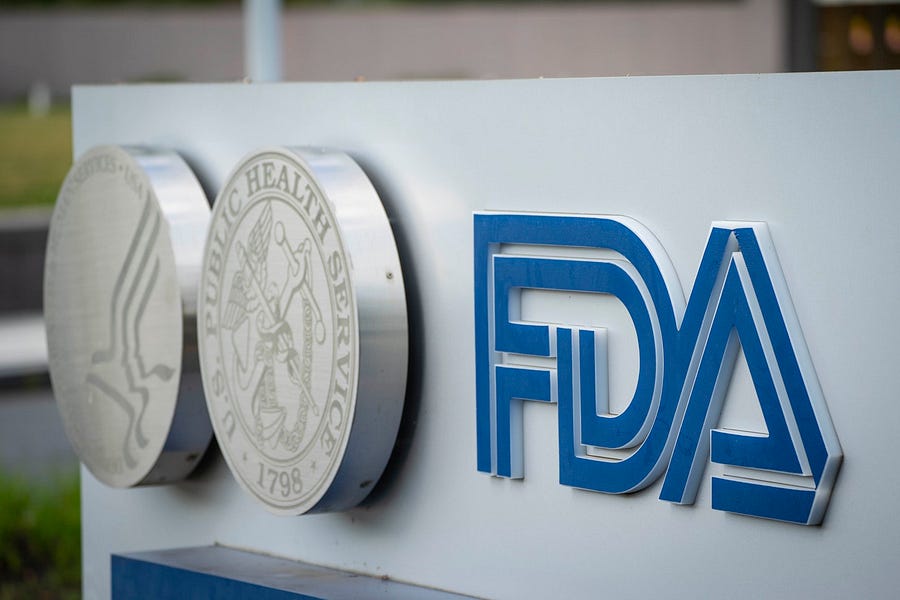
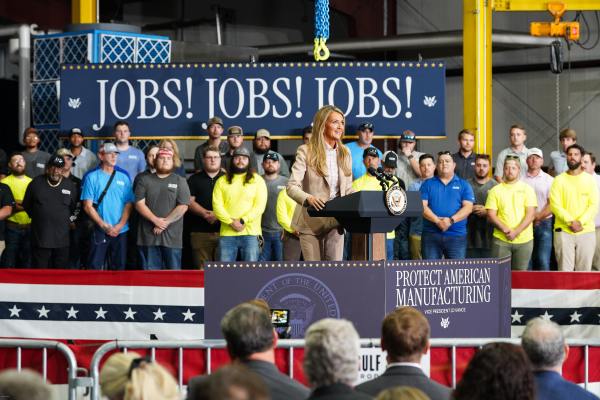
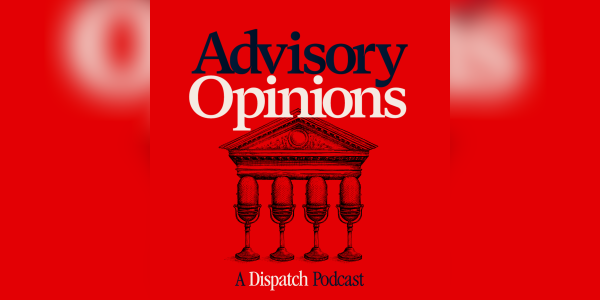
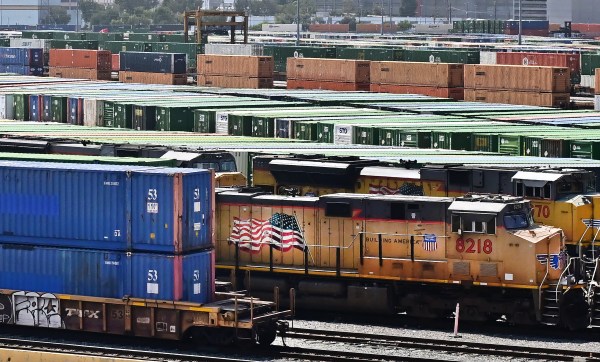

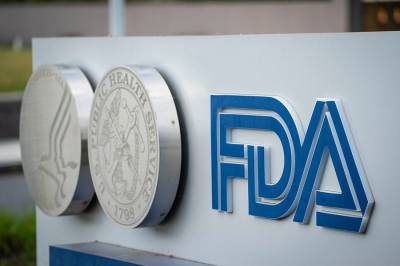
Please note that we at The Dispatch hold ourselves, our work, and our commenters to a higher standard than other places on the internet. We welcome comments that foster genuine debate or discussion—including comments critical of us or our work—but responses that include ad hominem attacks on fellow Dispatch members or are intended to stoke fear and anger may be moderated.
With your membership, you only have the ability to comment on The Morning Dispatch articles. Consider upgrading to join the conversation everywhere.